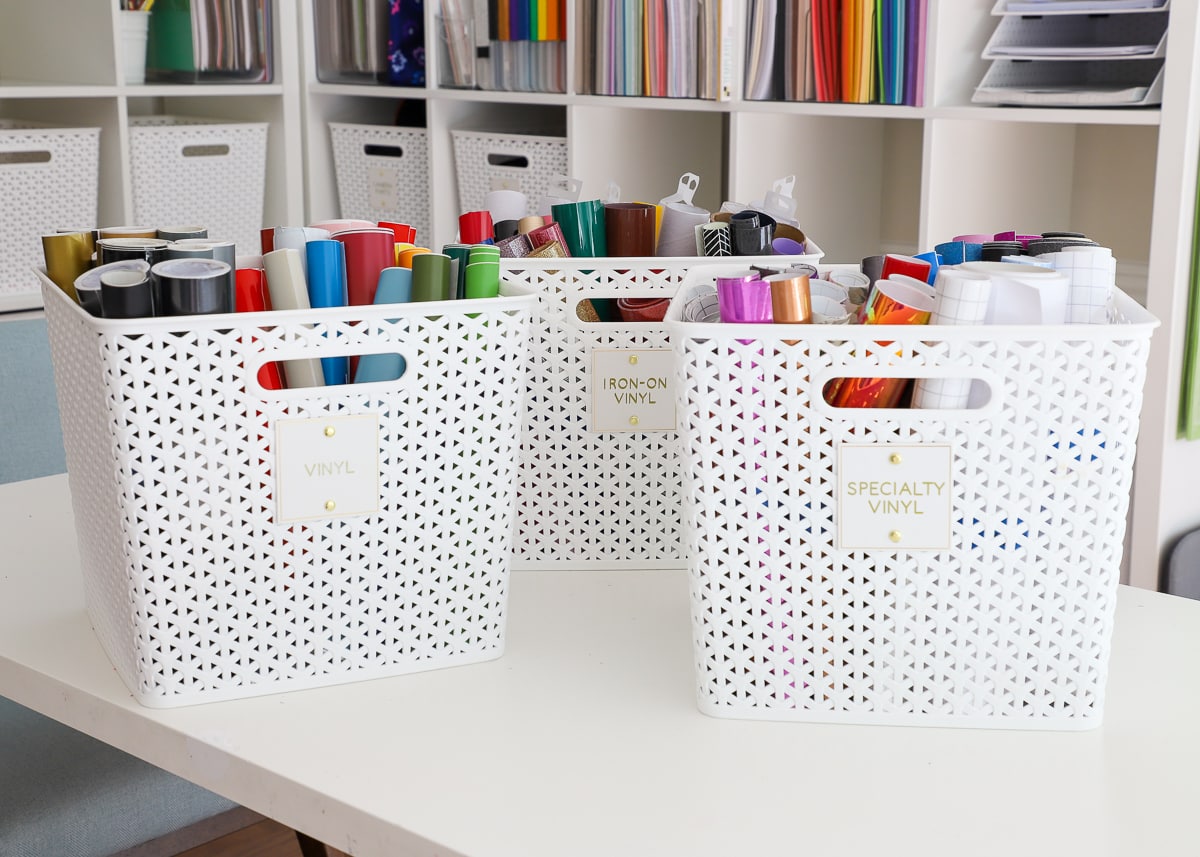

Articles
How To Store Rolls Of Vinyl
Modified: January 19, 2024
Learn the best way to store rolls of vinyl with these helpful articles. Keep your vinyl in top condition and easily accessible for your next project.
(Many of the links in this article redirect to a specific reviewed product. Your purchase of these products through affiliate links helps to generate commission for Storables.com, at no extra cost. Learn more)
Introduction
When it comes to storing rolls of vinyl, proper management is crucial for maintaining the quality and longevity of your materials. Whether you’re a vinyl enthusiast with a collection of records or a business owner with rolls of vinyl for signage or printing purposes, it’s important to store them correctly to prevent damage and ensure they remain in good condition.
Storing vinyl rolls requires careful consideration of various factors such as temperature, humidity, and protection from dust and sunlight. By following the right storage practices, you can preserve the quality of your vinyl rolls, ensuring that they are always ready for use.
In this article, we will discuss the key steps and techniques to store rolls of vinyl effectively. From choosing the right storage area to organizing and labeling your vinyl rolls, we will cover everything you need to know to keep your vinyl collection or inventory in optimal condition.
So, let’s dive in and discover the best practices for storing rolls of vinyl.
Key Takeaways:
- Properly storing vinyl rolls is essential for preserving their quality and longevity. Factors such as temperature, cleanliness, and organization play a crucial role in maintaining the integrity of your vinyl collection.
- Whether using horizontal racks, vertical racks, or plastic bags, careful preparation and maintenance are key to ensuring your vinyl rolls remain in optimal condition. Regular cleaning, controlled storage environments, and systematic organization are vital for preserving the quality of your collection.
Read more: How To Store Vinyl Rolls
Choosing the Right Storage Area
When it comes to storing rolls of vinyl, selecting the appropriate storage area is essential for preserving the integrity of your materials. Here are some factors to consider when choosing the right storage area:
- Temperature and Humidity: Vinyl is sensitive to extreme temperature and humidity fluctuations. It’s important to store your vinyl rolls in a cool, dry area with stable conditions. Ideally, the temperature should be around 60 to 70 degrees Fahrenheit (15 to 21 degrees Celsius), and the humidity level should be between 40% and 50%. Avoid areas with high levels of moisture, as it can cause mold or warping of the vinyl.
- Light Exposure: Vinyl is also sensitive to prolonged exposure to direct sunlight or UV rays. Look for a storage area away from windows or install curtains or blinds to block out sunlight. If possible, use UV-filtering window films or keep the vinyl rolls in opaque containers.
- Cleanliness: It’s crucial to keep the storage area clean and dust-free to prevent particles from settling on the vinyl rolls. Regularly dust the shelves or racks where you store the vinyl, and consider using covers or plastic bags to further protect the rolls from dust and debris.
- Accessibility: Consider the ease of accessing your vinyl rolls when choosing the storage area. If you frequently need to retrieve certain rolls for use, opt for a storage area that allows for convenient and quick access, such as shelves or racks.
- Space and Capacity: Assess the amount of vinyl rolls you have and choose a storage area that provides enough space and capacity. Vertical racks can be a space-saving solution if you have limited floor space.
By carefully considering these factors, you can select a storage area that provides the optimal conditions for your vinyl rolls, ensuring their longevity and quality.
Preparing the Vinyl Rolls for Storage
Before storing your vinyl rolls, it’s important to properly prepare them to ensure they remain in the best possible condition. Here are the steps to follow when preparing your vinyl rolls for storage:
- Clean the Rolls: Before storing, make sure to clean the vinyl rolls to remove any dirt, dust, or residue that might have accumulated. Use a soft, lint-free cloth or a vinyl cleaning solution to gently wipe down the rolls, ensuring no debris is left behind.
- Inspect for Damage: Take the time to inspect each vinyl roll for any signs of damage, such as tears, creases, or warping. If you come across any damaged rolls, consider repairing or replacing them before storage to prevent further deterioration.
- Remove Outer Packaging: If your vinyl rolls come with any outer plastic or cardboard packaging, it’s advisable to remove them before storage. These packaging materials can trap moisture and cause damage to the vinyl over time.
- Secure the Ends: To prevent the vinyl rolls from unwinding or unraveling during storage, secure the ends. You can use rubber bands, tape, or specialized vinyl roll holders to keep the ends in place.
- Consider Inner Sleeve Protection: If your vinyl rolls have inner sleeves, ensure they are clean and in good condition. Inner sleeves provide an extra layer of protection against dust and scratching. If needed, you can replace damaged or worn-out inner sleeves.
By following these steps, you can ensure that your vinyl rolls are properly prepared for storage. This preparation process helps protect the vinyl from external factors and ensures it remains in optimal condition until you’re ready to use it again.
Storing Vinyl Rolls on Horizontal Racks
When it comes to storing vinyl rolls, horizontal racks are a commonly used storage solution. Here’s how you can effectively store your vinyl rolls on horizontal racks:
- Choose the Right Rack: Select a horizontal rack that is sturdy and can safely support the weight of your vinyl rolls. Consider racks made specifically for vinyl storage or sturdy bookshelves with adjustable shelves.
- Organize by Size or Genre: Determine how you want to organize your vinyl rolls on the rack. You can sort them by size, genre, or any other system that makes sense to you. This will make it easier to locate specific rolls when you need them.
- Align the Rolls: Place the vinyl rolls horizontally on the rack, aligning them side by side. Make sure the rolls are tightly and evenly spaced to prevent them from slipping or falling off the rack.
- Maintain Even Weight Distribution: Distribute the weight of the rolls evenly across the rack to prevent any strain or imbalance. Avoid placing too many heavy rolls on one side, as this can lead to the rack bending or collapsing.
- Consider Using Dividers or Bookends: If you have a large collection of vinyl rolls, consider using dividers or bookends to separate different sections or genres. This will help keep the rolls organized and prevent them from falling over.
- Protect from Dust and Sunlight: While horizontal racks provide easy access to your vinyl rolls, it’s important to protect them from dust and sunlight. Consider using covers or plastic sleeves to shield the rolls from these elements.
Storing vinyl rolls on horizontal racks allows for efficient organization and easy access, making it an ideal option for vinyl enthusiasts and businesses alike. By following these guidelines, you can effectively store your vinyl rolls on horizontal racks and keep them in excellent condition.
Storing Vinyl Rolls on Vertical Racks
If you have limited floor space or prefer a vertical storage solution, vertical racks are a great option for storing vinyl rolls. Here’s how you can effectively store your vinyl rolls on vertical racks:
- Choose a Stable Rack: Select a vertical rack that is stable and secure to prevent any accidents or damage to your vinyl rolls. Look for racks that have sturdy construction and can handle the weight of the rolls.
- Position the Rack Properly: Place the vertical rack in an area where it won’t be easily bumped or toppled. Consider anchoring the rack to the wall for added stability.
- Roll Placement: Insert the vinyl rolls vertically into the slots or compartments of the rack. Start with the larger rolls at the bottom and gradually move towards the smaller ones at the top.
- Secure the Rolls: To prevent the rolls from falling or sliding out of the rack, ensure they are securely positioned. You can use dividers or inserts to hold the rolls in place or choose a rack specifically designed for vinyl storage.
- Organize Systematically: Organize the vinyl rolls on the rack in a systematic way. You can arrange them alphabetically, by artist, by genre, or in any manner that suits your preference. This will make it easier to locate specific rolls when needed.
- Protect from Dust and Sunlight: While vertical racks save floor space, it’s important to protect the vinyl rolls from dust and sunlight exposure. Consider using protective covers or plastic sleeves to shield the rolls from these elements.
Storing vinyl rolls on vertical racks is an efficient way to maximize space while maintaining easy access to your collection. By following these steps, you can store your vinyl rolls securely on vertical racks and keep them in excellent condition.
Store rolls of vinyl in a cool, dry place away from direct sunlight to prevent warping or discoloration. Keep them upright to avoid flattening or damaging the edges.
Read more: How To Store DIY Vinyl Rolls
Storing Vinyl Rolls in Plastic Bags
Another option for storing vinyl rolls is to place them in plastic bags. Here’s how you can effectively store your vinyl rolls in plastic bags:
- Choose the Right Bags: Select plastic bags that are large enough to accommodate the size of your vinyl rolls. Opt for bags made of durable and moisture-resistant materials, such as polyethylene or polypropylene.
- Clean and Dry the Rolls: Before placing the vinyl rolls in plastic bags, ensure they are clean and dry. Wipe down the rolls with a soft, lint-free cloth to remove any dirt or moisture that could potentially damage the vinyl.
- Insert the Rolls into Bags: Gently insert each vinyl roll into a plastic bag, ensuring that it fits comfortably without being too tight. Avoid folding or bending the rolls excessively, as this could create creases or damage the vinyl.
- Seal the Bags: Once the rolls are inside the bags, securely seal them to provide a tight and protective enclosure. You can use twist ties, zip ties, or heat sealer machines to seal the bags. It’s essential to create an airtight and moisture-resistant seal to maintain the integrity of the vinyl.
- Label the Bags: To easily identify the contents of each bag, consider labeling them with relevant information such as artist, album title, or genre. This will make it simpler to locate specific vinyl rolls when needed.
- Store in a Controlled Environment: Place the sealed plastic bags containing the vinyl rolls in a controlled storage environment. Ensure the temperature is stable, the humidity level is within the recommended range, and there is protection from direct sunlight.
Storing vinyl rolls in plastic bags helps provide an extra layer of protection against dust, moisture, and other potential contaminants. By following these steps, you can effectively store your vinyl rolls in plastic bags and ensure their longevity and quality.
Organizing and Labeling Vinyl Rolls
Proper organization and labeling of your vinyl rolls are essential for easy retrieval and maintenance of your collection. Here are some steps to effectively organize and label your vinyl rolls:
- Sort by Category: Determine how you want to categorize your vinyl rolls. Some common categories include genre (e.g., rock, jazz, hip-hop), artist, year of release, or even color. Choose a categorization system that makes sense to you and aligns with your collection.
- Create a Catalog or Inventory: Consider creating a catalog or inventory of your vinyl collection. This can be a physical notebook or an online spreadsheet that lists the details of each vinyl roll, such as the artist, album title, release date, and any other relevant information. This will serve as a handy reference when searching for specific vinyl rolls.
- Use Storage Solutions: Invest in storage solutions that facilitate easy organization. Vertical or horizontal racks, dividers, or crates can help keep your vinyl rolls in order and prevent them from getting jumbled or damaged. Ensure that the storage solutions you choose accommodate the size and weight of your vinyl rolls.
- Labeling System: Develop a labeling system that works for you. You can affix labels directly onto the vinyl rolls or use a color-coded system for different categories. Use large, clear labels that are easy to read and won’t damage the vinyl. If using plastic bags or sleeves, consider inserting small labels with relevant information.
- Consider Alphabetical Order: Alphabetical order is a popular choice for organizing vinyl rolls. Arrange them by the artist’s name or album title to quickly locate specific records. If you have a large collection, breaking it down into smaller sections or using dividers can make it easier to navigate.
- Regularly Update and Maintain: As you add new vinyl rolls to your collection, ensure they are properly organized and labeled. Regularly update your catalog or inventory to reflect any new additions or changes. Periodically review your storage and labeling system to maintain its efficiency.
Implementing an effective organization and labeling system for your vinyl rolls will not only make it easier to find and enjoy your collection but also help preserve the quality and condition of your records. Take the time to develop a system that suits your needs and preferences, and enjoy the convenience and satisfaction of a well-organized vinyl collection.
Tips for Maintaining Vinyl Roll Storage
Maintaining the storage condition of your vinyl rolls is crucial for their longevity and quality. Here are some tips to help you keep your vinyl roll storage in optimal condition:
- Regular Cleaning: Dust and dirt can accumulate on vinyl rolls over time, affecting their sound quality and appearance. Regularly clean your vinyl rolls using a soft, lint-free cloth or a vinyl cleaning solution. Gently wipe the surface of the vinyl to remove any debris.
- Control Temperature and Humidity: Vinyl is sensitive to extreme temperature and humidity fluctuations. Maintain a stable storage environment with temperatures between 60 to 70 degrees Fahrenheit (15 to 21 degrees Celsius) and humidity levels between 40% and 50%. Avoid storing vinyl rolls in areas that are prone to excessive moisture or extreme heat.
- Avoid Direct Sunlight: Prolonged exposure to direct sunlight can cause the vinyl to warp, fade, or deteriorate. Keep your vinyl rolls away from windows or use curtains, blinds, or UV-filtering window films to protect them from harmful UV rays.
- Avoid Excessive Weight: Overpacking or stacking heavy objects on top of your vinyl rolls can lead to damage or warping. Be mindful of the weight placed on top of your storage containers or racks to avoid any unnecessary pressure on the rolls.
- Handle Vinyl Rolls with Care: When handling vinyl rolls, always use clean hands and be gentle to avoid smudges, scratches, or fingerprints. Avoid holding the vinyl by the edges, as this can cause damage. Instead, hold the vinyl by the center labels or the outer edges of the record.
- Rotate Rolls: If you have a large collection, consider rotating the vinyl rolls periodically. This helps distribute any potential wear and tear more evenly and prevents the rolls at the bottom from being left unused for an extended period.
- Inspect and Replace Inner Sleeves: The inner sleeves of your vinyl rolls provide protection against scratching and dust. Regularly inspect and replace damaged or worn-out inner sleeves to ensure optimal protection for your vinyl rolls.
- Stay Organized: Maintain a consistent organization system for your vinyl rolls. Regularly check and tidy up your storage area, keeping the rolls organized and properly labeled. This will make it easier to locate specific records and prevent any potential damage caused by mishandling.
- Keep Records Vertical: When storing your vinyl rolls in vertical positions, ensure they are properly aligned and don’t lean or slant. This helps maintain the integrity of the rolls and prevents warping over time.
By following these tips, you can maintain a well-preserved vinyl roll storage area, ensuring that your collection remains in optimal condition for years to come.
Conclusion
Proper storage of vinyl rolls is crucial for preserving their quality, maximizing their lifespan, and ensuring easy access whenever you need them. By following the right storage practices, you can protect your vinyl rolls from damage caused by temperature fluctuations, sunlight exposure, dust, and mishandling.
Choosing the right storage area, whether it’s horizontal or vertical racks, plastic bags, or other storage solutions, is the first step in maintaining your vinyl rolls. Keep in mind factors such as temperature, humidity, cleanliness, and accessibility when selecting your storage area.
Preparing your vinyl rolls for storage is equally important. Clean them thoroughly, inspect for any damage, and secure the ends to prevent unwinding or unraveling during storage.
Organizing and labeling your vinyl rolls will help you easily locate specific records and maintain an efficient system. Sort and categorize your rolls by genre, artist, or any other method that works for you. Consider creating a catalog or inventory for easy reference.
To maintain your vinyl roll storage, regularly clean your rolls, control temperature and humidity, avoid direct sunlight, handle the rolls with care, and periodically inspect and replace inner sleeves. Staying organized and keeping your storage area tidy will also contribute to the longevity and quality of your vinyl rolls.
In conclusion, following the best practices for vinyl roll storage will ensure that your collection remains in excellent condition, ready to be enjoyed for years to come. Take the time to implement these practices, and you will have a well-organized and well-preserved vinyl roll storage area that allows for easy access and maintains the integrity of your vinyl rolls.
Frequently Asked Questions about How To Store Rolls Of Vinyl
Was this page helpful?
At Storables.com, we guarantee accurate and reliable information. Our content, validated by Expert Board Contributors, is crafted following stringent Editorial Policies. We're committed to providing you with well-researched, expert-backed insights for all your informational needs.
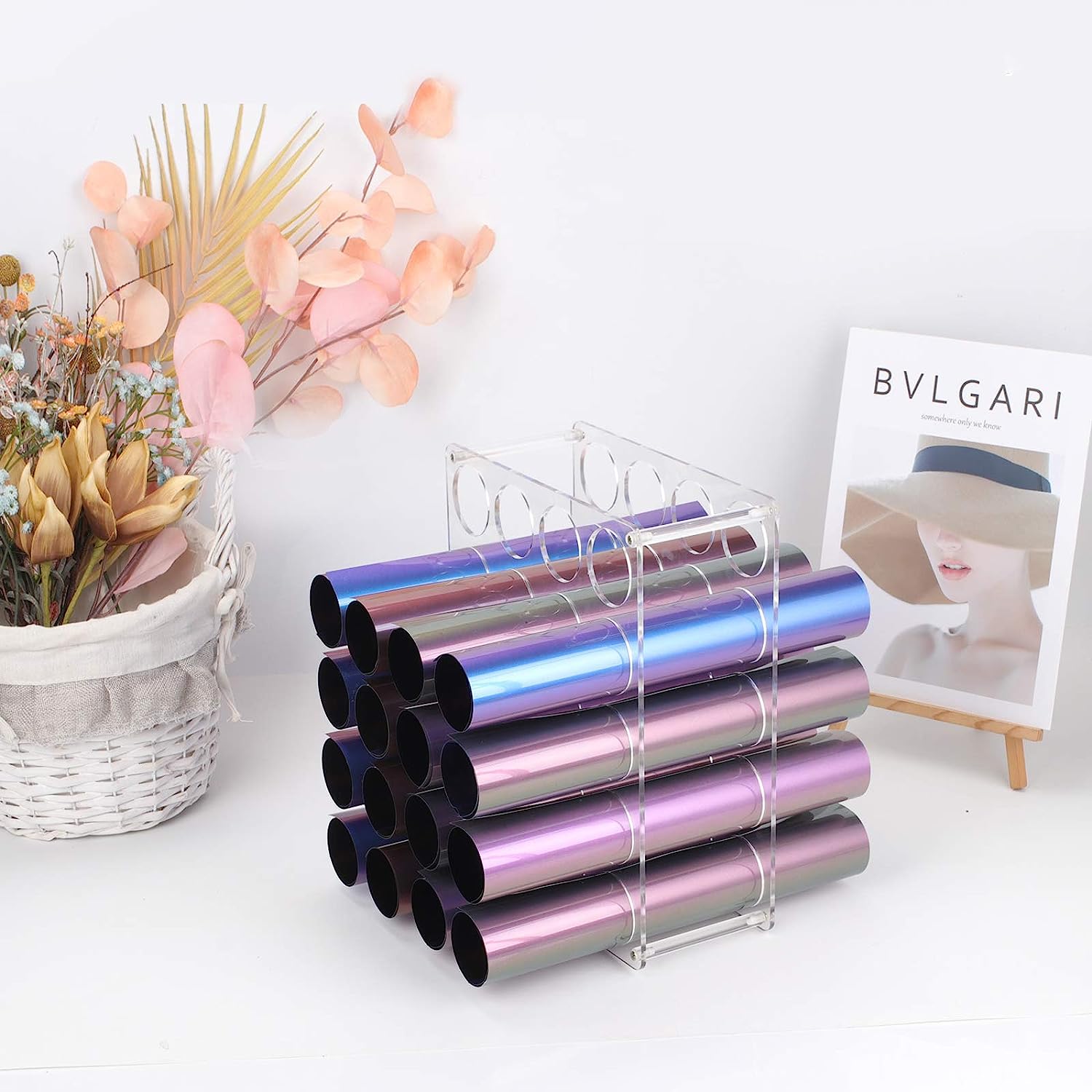
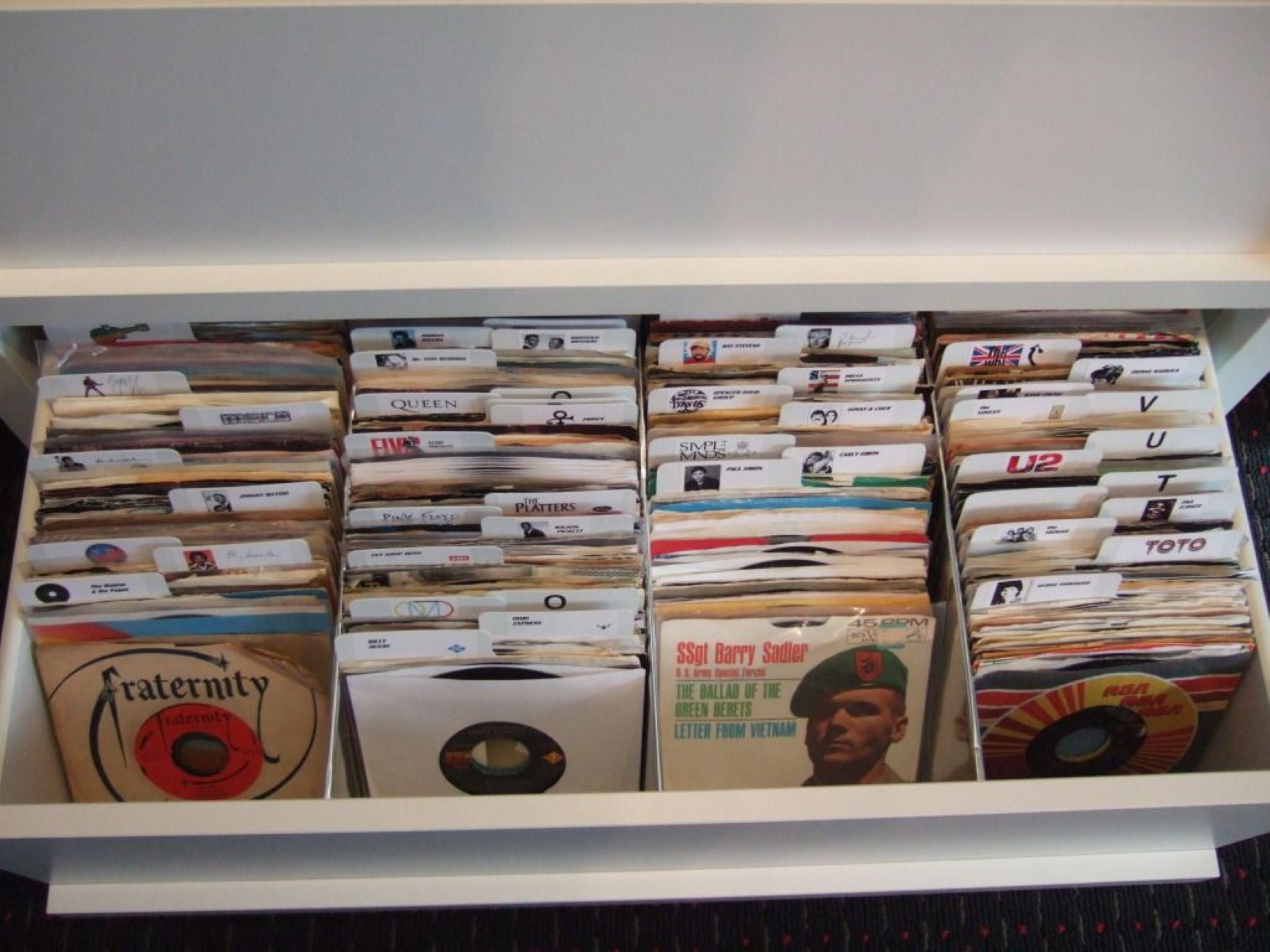
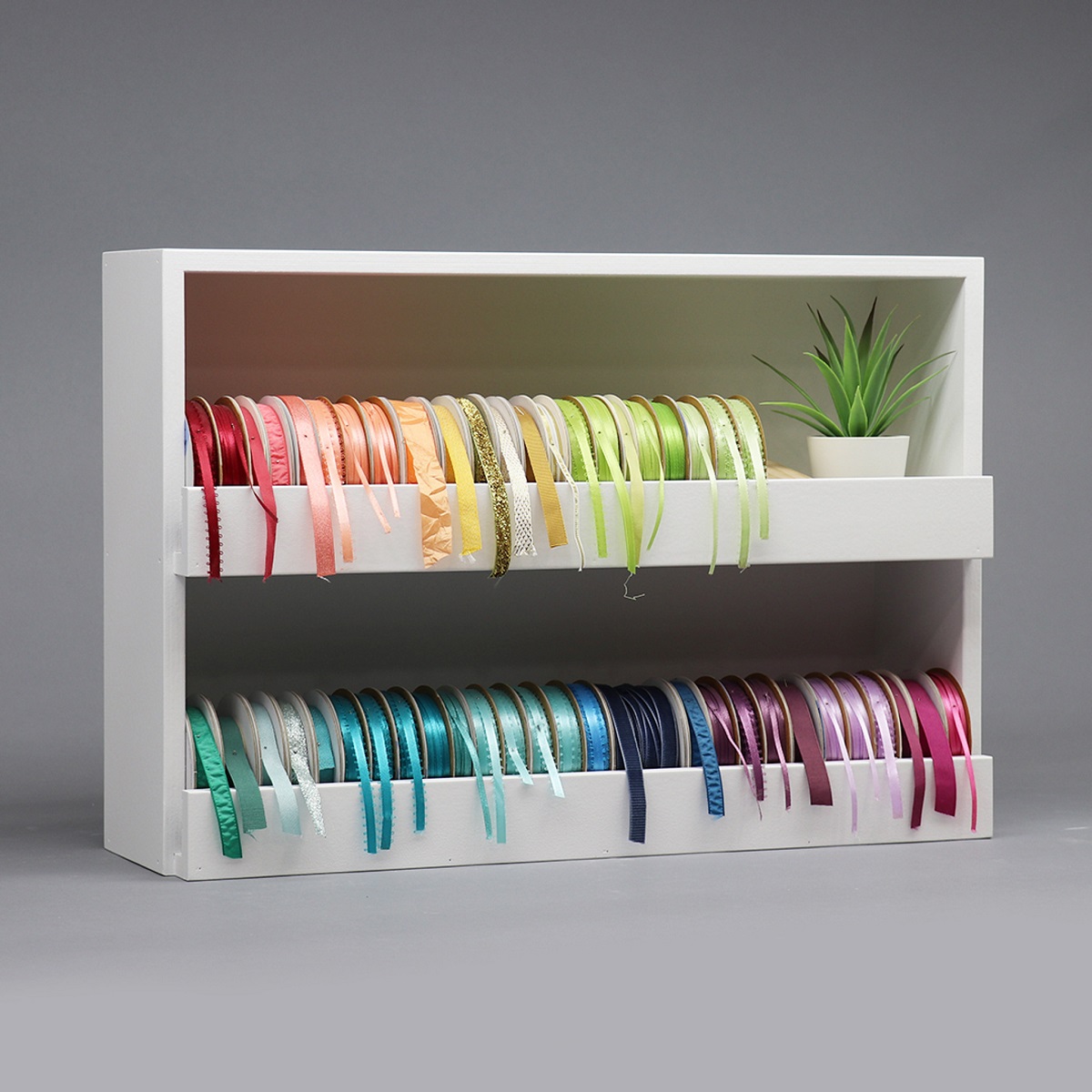




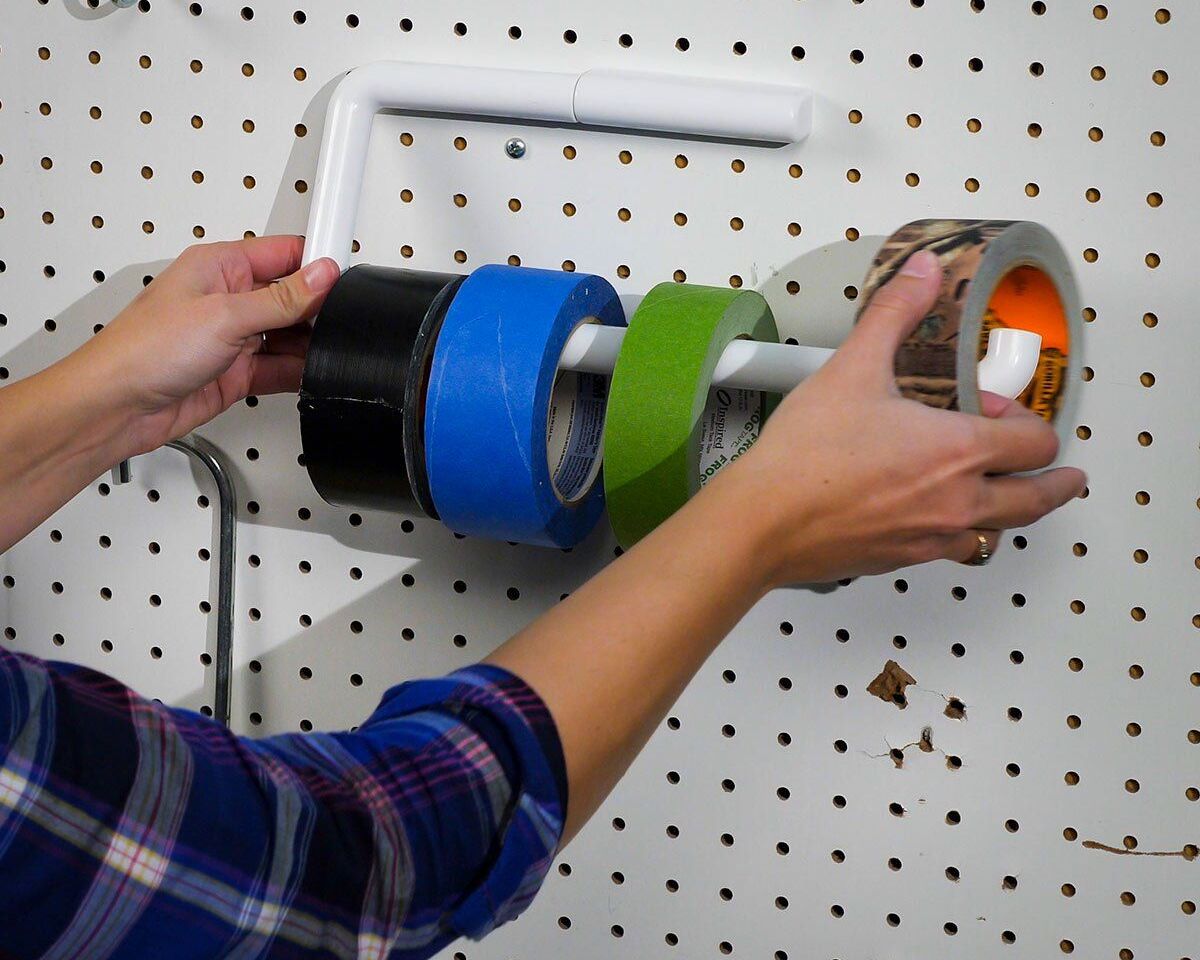

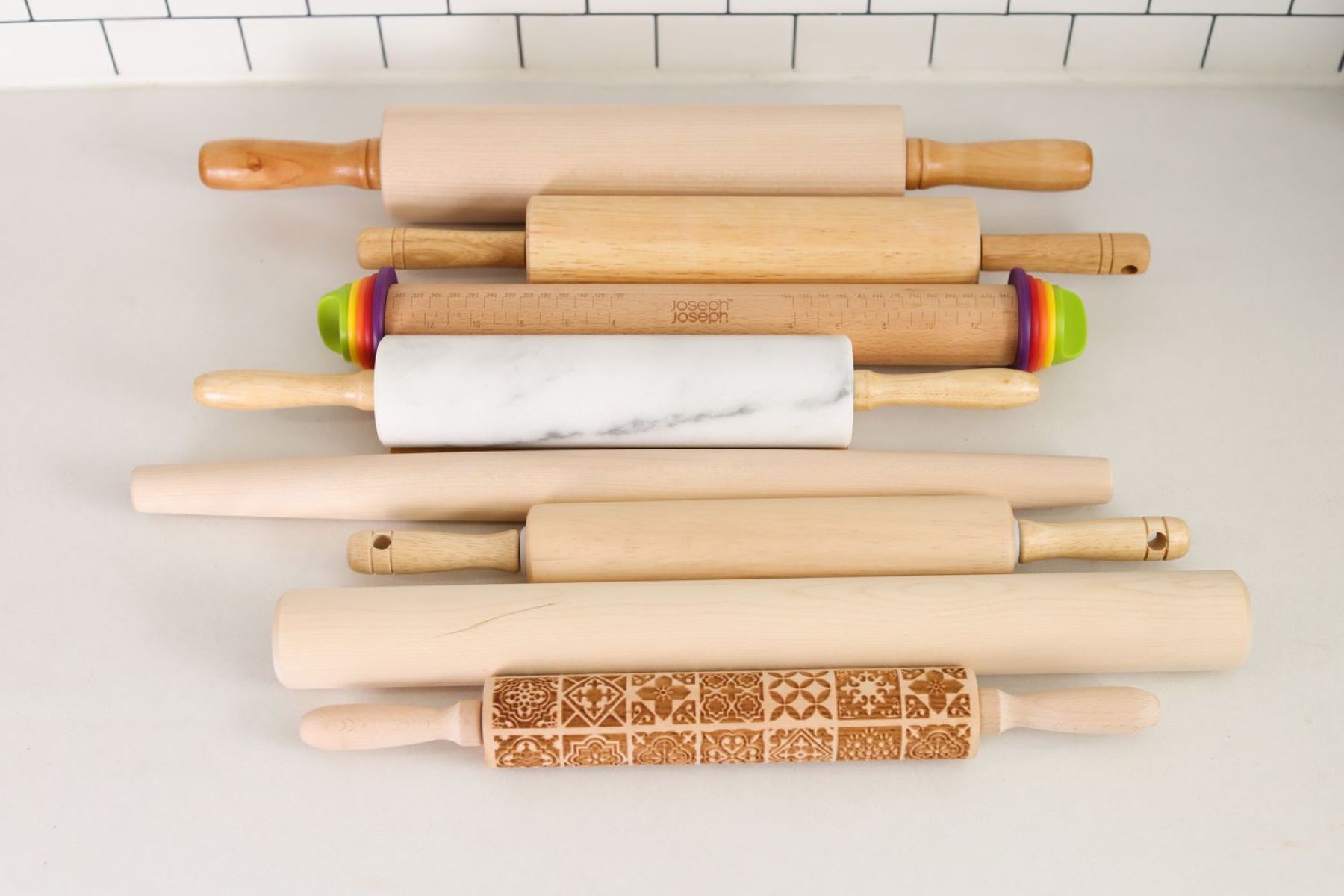





0 thoughts on “How To Store Rolls Of Vinyl”